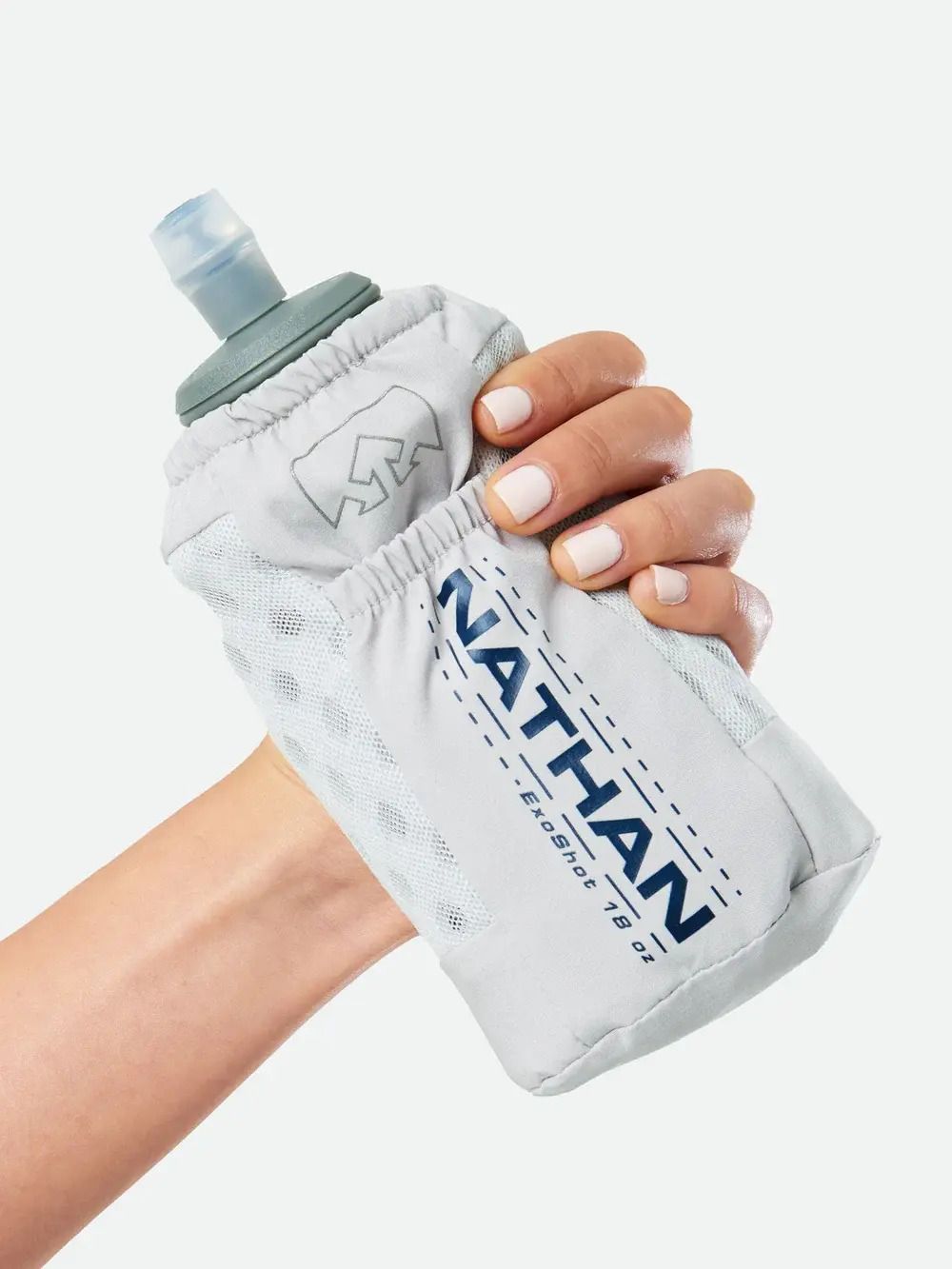- Peak Pursuit
- Posts
- Advice for Becoming a Boston Marathon Qualifier
Advice for Becoming a Boston Marathon Qualifier
Plus: Nathan Handheld Bottle Review & What's on the Radar for May

Coming fresh off of Marathon Monday, there’s no doubt that there’s a huge wave of inspiration among the running community. It’s a time where many people are drawn to the goal of a BQ so that they, one day, can participate in the legendary event.
As someone who has coached a number of athletes towards a BQ, I wanted to share my honest advice on how to make that dream a reality.
Before you begin this endeavor, ask yourself this:
“Do I like the idea of being a Boston Marathon Qualifier OR do I want to become a Boston Marathon Qualifier?”
Take a minute to think of the difference between those two words: being vs becoming. “Being” implies that you want the embody end goal, which is valid. But “Becoming” means that you are embodying the process to get there. If you resonate more with aiming to “become”, you are in a good spot.
Understand the qualifying standards.
Your qualifying time will depend on your gender and age. On top of that, there will be a mysterious cutoff time (usually a couple minutes or so) that will additionally be subtracted from your age group standard. If you beat your standard by at least 5-7 minutes, you are usually safe. But here’s the kicker: you won’t know until after you apply. So it’s really a moving target!
Create a long-term roadmap.
And give yourself TIME!!! This roadmap should gradually bridge the gap from where you are now towards your BQ goal time. It can help to decide a timeframe of your next marathon and work backwards from there. Have about 2-3 training cycles per year for a given race distance and create some benchmark goals for them. For example: 3k/5k races in the winter, half marathon in the spring, easy base building in the summer, marathon in the fall. Figure out weak spots in your fitness and attack those early on. Have some benchmark goals along the way in those shorter distances. For example, if you have a long-term goal of 3:30 in the marathon, it’s a good idea to achieve a sub-1:40 half marathon before attempting that marathon goal. If you feel totally lost, skip to my last chunk of advice!
Become an expert at failing.
When pursuing a big, long-term goal, you WILL fail along the way. That is a given. It’s how you respond to that failure that is extremely important towards your progress. You must see your failures as an opportunity for growth in this sport. Those failures and trying moments are what you’ll lean on in any given race, but especially the marathon. With all the athletes I’ve coached, the most successful aren’t the ones that failed the least… but they are the ones that continued to get back up and leverage those failures as useful information and fuel going forward.
Reach out for help.
You don’t have to take on this journey alone, nor should you. It’s wild how much you can accelerate your progress with a solid training plan from an outside (& trustworthy) perspective. If you have the ability to get a personalized training plan from a run coach, that would be the #1 investment I would make. Other areas that you can seek help from depending on your personal needs are: running-specific RDs, personal trainers for strength, running communities/clubs, manual therapies, etc.
Product Review: Nathan ExoDraw 2.0 18oz Handheld Bottle

Score: 7.5/10
As much as I hate carrying ANYTHING on my runs, sometimes you need that little bit of hydration to get you through those hot summer miles.
I absolutely love how light and compactable this bottle is. It’s super breathable and soft, which sounds like an odd observation for a bottle, but if you’re considering holding onto something for miles in the heat while running - these things matter! Once it’s empty, it’s like carrying nothing and can even be tucked away into a waistband if needed. It’s very easy to drink from while running.
In general, soft flasks aren’t the best at keeping fluids cold. So on those hot summer days, you are bound to be drinking warm liquids by the later parts of the run. That’s not a manufacturer error by any means, but just something to consider as a tradeoff for the light weight & “compactability”.
There are two changes I’d love to see with this model:
Tighter-synching hand strap for people with smaller hands. This would also allow for securing the bottle tightly onto running belts, bike, etc.
Bigger pocket. I can maybe squeeze a gel into the current pocket. I’d love to be able to stash 2-3 comfortably in there.
On the Radar for May:
4th, 18th, & 25th: Run & Flow - Peak Pursuit Run Group x Bodhi Yoga Studios collaboration
5th-11th: Nebraska Turkey Trip
14th-27th: Wisconsin Turkey Seasons E & F
TBD: a 5k or 10k?!